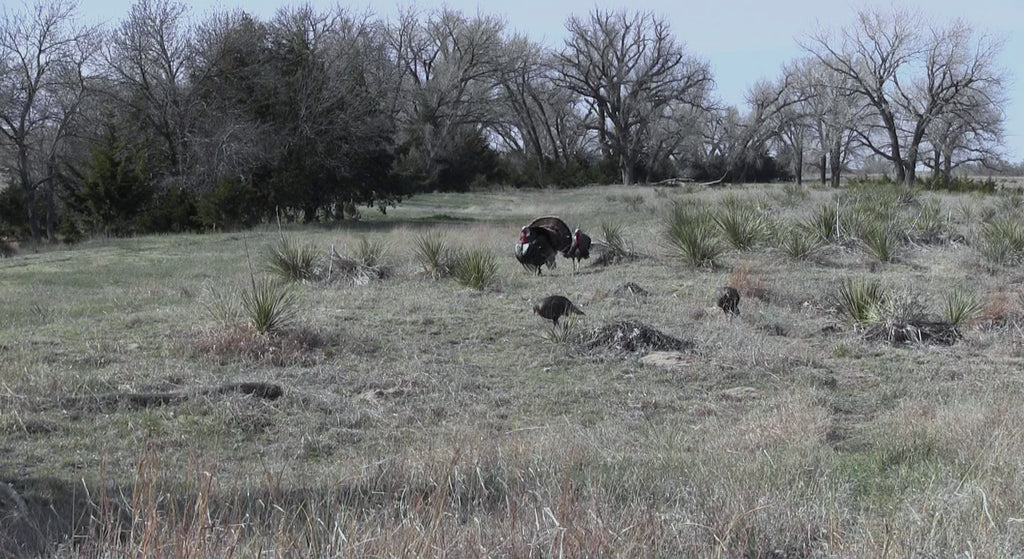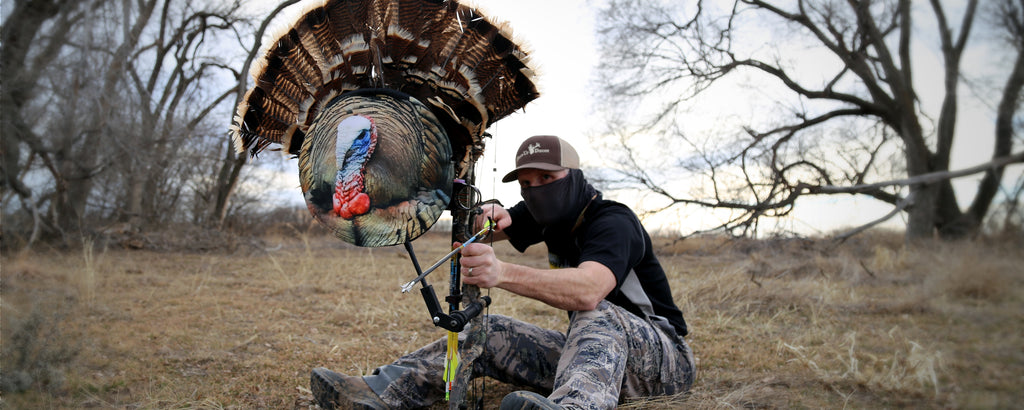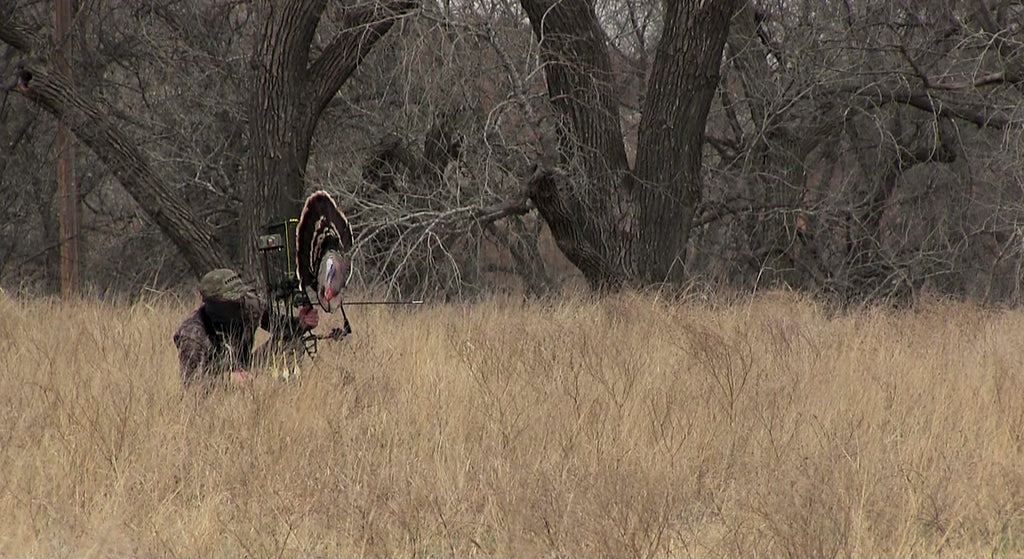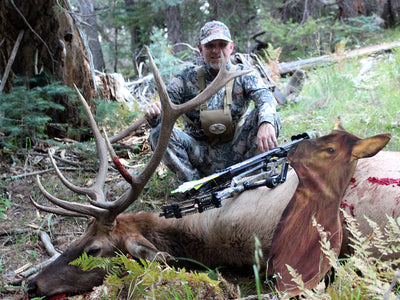Fanning Turkeys: Getting Started
Fanning turkeys has been around for awhile, long before Heads Up Decoy developed our version of a turkey decoy in 2010. At the bare minimum, its best to have a real tail fan from a turkey. Heads Up Decoy developed a silhouette decoy that carries a real turkey fan. The real turkey tail fan is the finishing touches on the decoy and gives it the added lifelike appearance. Fanning by definition is essentially pretending to be a male turkey in full strut while sometimes flipping the fan up, down, side to side as you've seen strutters do.
The advantages of the Heads Up Strutting Turkey decoy is its versatility. Although the decoy is designed to work best as a fanning decoy, it can also serve the hunter well in traditional roost set ups staked into the ground. But for this article, we are going to focus on getting started with using the Heads Up Tom Turkey Decoy as a fanning device.

Fanning turkeys does come with some baggage. There are those that think it's cheating and those that believe it is a safety hazard. Believe us when we tell you, we've heard it loud and clear for many years. We will touch on these issues later, but not necessarily here in this piece, specifically the safety component.
If you were to ask when is the best time of the year is to fan for turkeys or what time of day is the best, honestly, we probably could not give you a satisfactory opinion. I have known people that have fanned them with success in the fall, but spring mating season when there is not the distractions of big game is widely regarded as the best time of year. But, is it early season or is it late? We say YES to both. We personally believe any time turkeys are strutting and gobbling is a great time. Unfortunately, our seasons only go from early April through May. This is the time to have this technique in your arsenal.

The reason fanning can be so effective is because you are joining the dance. You, as the hunter, are out there on the dance floor working every move you have in the tackle box. Just like a tom turkey.This is a far different approach than the traditional roost set up where you are set up off the dance floor and trying to draw them back the "table" area.
Tom turkeys are here to put on a show and they do it where they can be seen and heard. So look for those areas away from the timber were birds are strutting and plan your approach. You will need cover and mostly terrain to help get you as close as you can before busting out your moves. Now, there are times we've sucked them in from several hundred yards because that's the closest we could get. Unlike deer, I don't mind getting in their personal space before showing the decoy. Just make sure you are ready because there may not be much time.

With our bow mountable system, you would simply slide the decoy in the bow mount and pop it up, nock and arrow, and peak around the decoy to see the charging tom. Providing movement is as simple as moving your bow around. Try to stay and look below the decoy. If you stick out too much from the top and the sides, the birds tend to not respond as well. Looking below the decoy, you can get away sometimes lifting it up several feet off the ground with no consequence. If you get a charging bird, I prefer to let them get within 20 yards or closer before drawing. Draw your bow easy and smooth as you can. Do NOT rush your shot. Something I often have to remind myself.

Drawing early in my experience leads to shooting early and at greater distances. I like birds inside of 20 yards and that is when I like to begin my draw cycle. BUT, it can differ for others. Many have success drawing early and letting them work in...but it's not for me. Only you can determine what works best for you.
In closing, fanning turkeys can be very effective. Not always easy. And you do it where birds like to be, which is out in the open strutting there stuff. Please check back on other related articles to help you with your Heads Up Tom Turkey Decoy.


